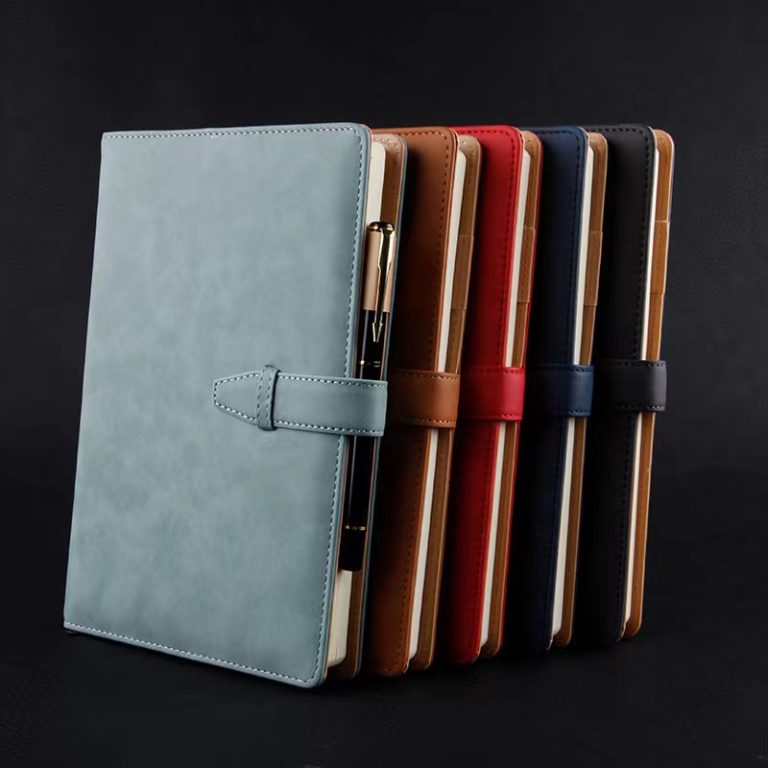Table of Contents
Benefits of Using Synthetic Leather for Shoe Manufacturing
Synthetic leather, also known as faux leather or vegan leather, is a popular alternative to traditional leather in the manufacturing of shoes. Made from a combination of plastic and fabric, synthetic leather offers a number of benefits that make it an attractive choice for shoe manufacturers.


One of the main advantages of using synthetic leather for shoe manufacturing is its cost-effectiveness. Synthetic leather is generally less expensive to produce than genuine leather, making it a more affordable option for both manufacturers and consumers. This cost savings can be passed on to the customer, making synthetic leather shoes a more budget-friendly choice for those looking for stylish and durable footwear.
In addition to being cost-effective, synthetic leather is also a more sustainable option than traditional leather. The production of synthetic leather requires fewer resources and produces less waste than the production of genuine leather. This can help reduce the environmental impact of shoe manufacturing and make synthetic leather shoes a more eco-friendly choice for consumers who are concerned about sustainability.
| Amount | Commodity Name |
| 1 | Shoe Upper |
Another benefit of using synthetic leather for shoe manufacturing is its versatility. Synthetic leather can be made to mimic the look and feel of genuine leather, allowing manufacturers to create shoes that are stylish and fashionable. Additionally, synthetic leather is available in a wide range of colors and textures, giving designers more options when it comes to creating unique and eye-catching footwear.
Synthetic leather is also a durable and long-lasting material, making it an ideal choice for shoes that are designed to withstand daily wear and tear. Synthetic leather shoes are resistant to water, stains, and scratches, making them easy to clean and maintain. This durability ensures that synthetic leather shoes will last for years, making them a smart investment for consumers who are looking for high-quality footwear.
Furthermore, synthetic leather is a cruelty-free alternative to traditional leather. The production of genuine leather often involves the use of animal hides, which can raise ethical concerns for some consumers. By choosing synthetic leather shoes, consumers can enjoy the look and feel of leather without contributing to animal cruelty.
In conclusion, synthetic leather offers a number of benefits for shoe manufacturing. From its cost-effectiveness and sustainability to its versatility and durability, synthetic leather is a practical and stylish choice for consumers who are looking for high-quality footwear. By choosing synthetic leather shoes, consumers can enjoy all the benefits of leather without any of the drawbacks, making them a smart and ethical choice for those who are looking for fashionable and durable footwear.
Sustainable Practices in Synthetic Leather Production for Footwear
Synthetic leather, also known as faux leather or vegan leather, has become an increasingly popular material in the footwear industry. As consumers become more conscious of the environmental impact of their purchases, there has been a growing demand for sustainable alternatives to traditional leather. Synthetic leather offers a cruelty-free and eco-friendly option for those looking to reduce their carbon footprint.
One of the key benefits of synthetic leather is its ability to mimic the look and feel of real leather without the need for animal products. This makes it a popular choice for those who are ethically opposed to the use of animal skins in fashion. Additionally, synthetic leather is often more affordable than genuine leather, making it an attractive option for budget-conscious consumers.
In recent years, there has been a push towards more sustainable practices in the production of synthetic leather. Manufacturers are increasingly turning to eco-friendly materials and processes to reduce the environmental impact of their products. This includes using recycled materials, such as plastic bottles, in the production of synthetic leather. By repurposing waste materials, manufacturers are able to reduce the amount of new resources needed to create their products.
Another important aspect of sustainable synthetic leather production is the use of non-toxic chemicals. Traditional leather tanning processes often involve the use of harmful chemicals, such as chromium, which can have a negative impact on the environment and the health of workers. In contrast, synthetic leather production can be done using non-toxic alternatives that are safer for both people and the planet.
One of the challenges in producing sustainable synthetic leather is ensuring that the material is durable and long-lasting. While synthetic leather can be more resistant to water and stains than genuine leather, it can also be prone to cracking and peeling over time. Manufacturers are constantly working to improve the quality and durability of synthetic leather to ensure that it can stand up to the rigors of daily wear.
Despite these challenges, the future looks bright for sustainable synthetic leather production. As technology continues to advance, manufacturers are finding new ways to create high-quality synthetic leather that is both eco-friendly and durable. By investing in research and development, companies are able to stay ahead of the curve and meet the growing demand for sustainable footwear options.
In conclusion, synthetic leather offers a sustainable and cruelty-free alternative to traditional leather for footwear. By using recycled materials, non-toxic chemicals, and innovative production techniques, manufacturers are able to create high-quality synthetic leather that is both environmentally friendly and durable. As consumer demand for sustainable products continues to grow, the future of synthetic leather looks promising. With continued innovation and a commitment to sustainability, synthetic leather has the potential to revolutionize the footwear industry and pave the way for a more eco-friendly future.







